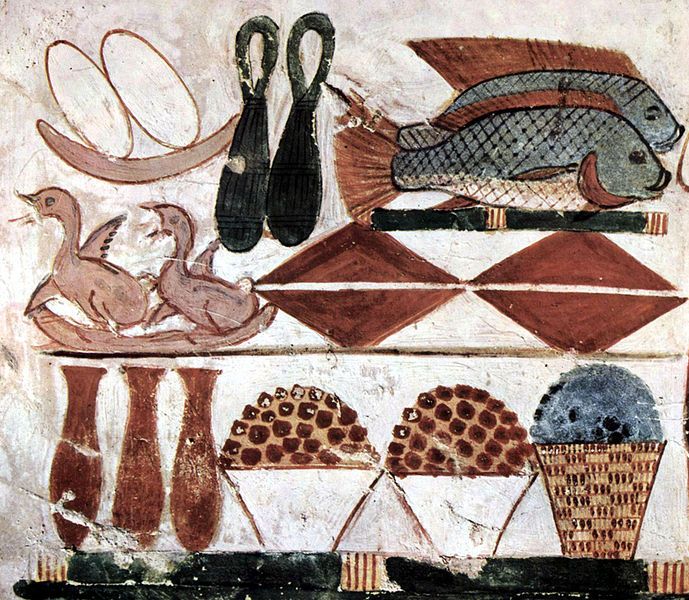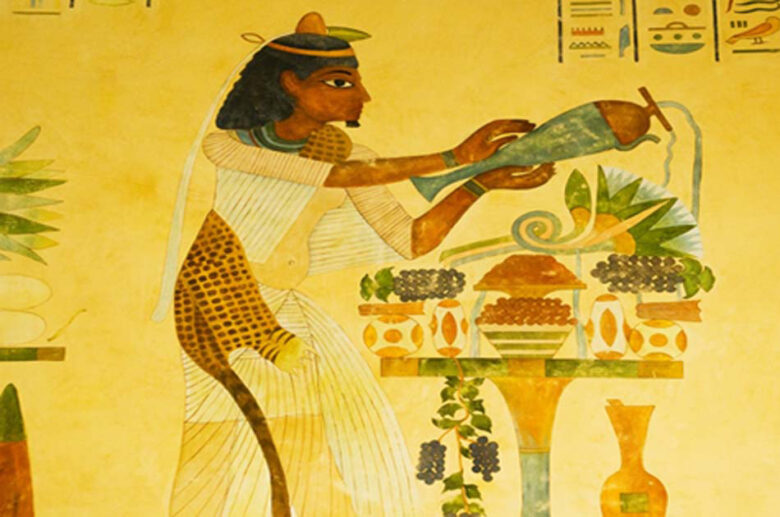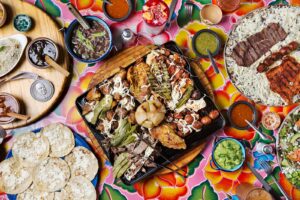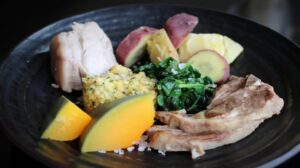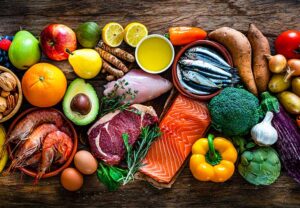Egyptian art and gastronomy are fascinating aspects of ancient and modern Egyptian culture. Let’s explore these two captivating expressions of creativity and taste.
Firstly, let’s dive into Egyptian art. Ancient Egyptians were skilled artisans, and their art has left a lasting impact on the world. They created magnificent sculptures, intricate jewelry, and beautiful paintings that showcased their beliefs and way of life. The iconic Great Sphinx and towering pyramids are examples of their remarkable architectural achievements.
Moreover, Egyptian art was deeply connected to their religion and mythology. Their artworks often depicted gods, pharaohs, and scenes from the afterlife. Hieroglyphics, a system of writing using pictures and symbols, were also an essential part of their artistic expression.
Next, let’s delve into Egyptian gastronomy, which boasts a rich culinary heritage. Egyptian cuisine is a blend of flavors and influences from various cultures throughout history. Traditional Egyptian dishes often include ingredients like grains, legumes, vegetables, and aromatic spices.
Keep reading about, Egyptian Art and Gastronomy:
Furthermore, bread is a staple in Egyptian gastronomy. Egyptians have been making and consuming bread for thousands of years, with various types of bread, such as flatbreads like “aish baladi,” being popular choices.
Likewise, Egyptian cuisine features flavorful dishes like “koshari,” a tasty mix of lentils, rice, pasta, and crispy onions, and “ful medames,” a hearty stew made from fava beans, often served with eggs and vegetables.
Additionally, Egyptian sweets and desserts are delightful treats. “Basbousa,” a semolina cake soaked in syrup, and “qatayef,” sweet stuffed pancakes, are enjoyed during special occasions and festivals.
Egyptian gastronomy is also influenced by its geography, with the Nile River playing a significant role in providing abundant fish and fertile land for agriculture. The Nile’s waters have also given rise to popular dishes like “molokhia,” a flavorful stew made from a leafy green vegetable.
Moreover, Egyptian gastronomy is not just about the food but also about the social and cultural aspects of dining. Egyptians value hospitality and enjoy sharing meals with family and friends.
In conclusion, Egyptian art and gastronomy are captivating aspects of Egypt’s ancient and modern culture. The artistry of ancient Egyptian sculptures and hieroglyphics continues to awe and inspire people worldwide. Egyptian cuisine, with its rich flavors and diverse dishes, offers a delightful journey through the country’s culinary heritage. Both Egyptian art and gastronomy are windows into Egypt’s fascinating history and the creativity and taste of its people.
